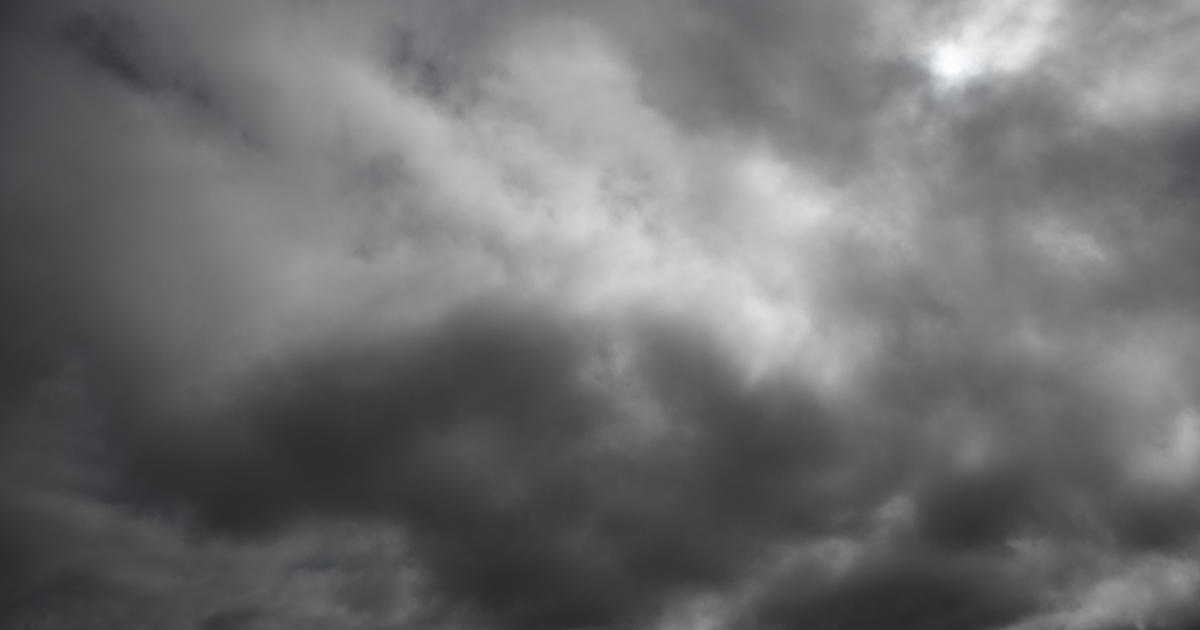What is the difference between a heat stroke and heat exhaustion?
NORTH TEXAS (CBSNewsTexas.com) — With some extreme heat on the way to North Texas, heat exhaustion and heat strokes are big concerns. But what's the difference between the two?
According to MedStar, prolonged and/or intense exposure to hot temperatures can cause these heat-related illnesses. And with feels-like temperatures expected to reach 117 degrees Monday and Tuesday, CBS News Texas wanted to make sure you know how to recognize if you're experiencing either.
Heat exhaustion
Heat exhaustion occurs when the body loses large amounts of water and salt through excessive sweating. This is usually through physical labor or exercise. The loss of essential fluids can disturb your circulation and interfere with brain function.
Symptoms
Symptoms of heat exhaustion may include muscle cramps, paleness, sweating, nausea, and vomiting. Children and the elderly are especially susceptible, so please keep an eye on those in your life.
Heat stroke
Heat stroke is the more dangerous of the two. It is a life-threatening problem that occurs when the body suffers long, intense exposure to heat and loses the ability to cool itself.
What are the signs?
Some of the most common signs of a heat stroke include confusion, vomiting, alteration in sweating, hot and flushed skin, rapid heart rate, decreased sweating, shortness of breath, decreased urination, increased body temperature, or even convulsions.
If you see someone displaying the above signs, you are advised to immediately call 911.
In hopes to prevent heat-related illnesses, MedStar has released the following tips:
- Hydrate: Drink plenty of water during the day, especially if you are engaged in any strenuous activity. Sports drinks are a good choice if you're exercising or working in hot conditions, but water is a good way to hydrate as well.
- Ventilate: Stay in a place where there is plenty of air circulating to keep your body cool. If you are indoors and don't have access to air conditioning, open windows and use a fan.
- Cover up: Wear light-colored and loose-fitting clothing to avoid absorbing the sun's light and trapping heat. Wear a hat to shield yourself from the sun, but once you feel yourself getting warm, remove any items covering your head which can trap heat close to your body.
- Limit activity: Heatstroke can occur in less than an hour when you are participating in strenuous activity during a hot day. If you feel yourself getting hot or light-headed, stop your activity and rest in a cool place out of the sun. Be sure to drink water or a sports drink before, during, and after any strenuous activity.
- Check on loved ones: The elderly are especially vulnerable to heat-related emergencies. Many elderly residents are not aware of how hot it may get in their residence. Call on older friends and family members regularly to assure they are doing OK.
RELATED ARTICLE: Breaking down heat-related alerts & what they mean




